
If you have allergies, finding the purr-fect cat can be a difficult task. Not only are you looking for an adorable companion, but it is also important to make sure that your new friend won’t cause an allergic reaction.
For cat lovers with allergies, hypoallergenic cat breeds can be a great option. These breeds produce fewer allergens than others, making it easier for people with allergies to live with cats. Some popular hypoallergenic cat breeds include Sphynx, Javanese, Devon Rex, LaPerm, and Colorpoint Shorthair, among others.
To help you find your feline friend, we’ve rounded up a list of the 13 best hypoallergenic cat breeds for those with allergies. Read on to find out which breed might be ideal for your family!
What are Hypoallergenic Cats?
Hypoallergenic cats are cat breeds that are less likely to cause allergic reactions in humans who are sensitive to cat allergens. Cat allergies are caused by a protein called Fel d 1, which is found in a cat’s saliva, urine, and dander (dead skin flakes).
When a person with cat allergies comes in contact with these allergens, they may experience symptoms such as sneezing, itching, runny nose, and watery eyes.
While no cat breed is completely hypoallergenic, certain breeds are known to produce fewer allergens or shed less than others, making them a better choice for people with allergies.
These cats may still produce some amount of Fel d 1, but it may be low enough that it does not trigger an allergic reaction in some people.
It’s important to note that cat allergens can still be present in a hypoallergenic cat’s environment, such as in dust or on furniture, so it’s still important for people with cat allergies to take steps to reduce their exposure to cat allergens in their homes.
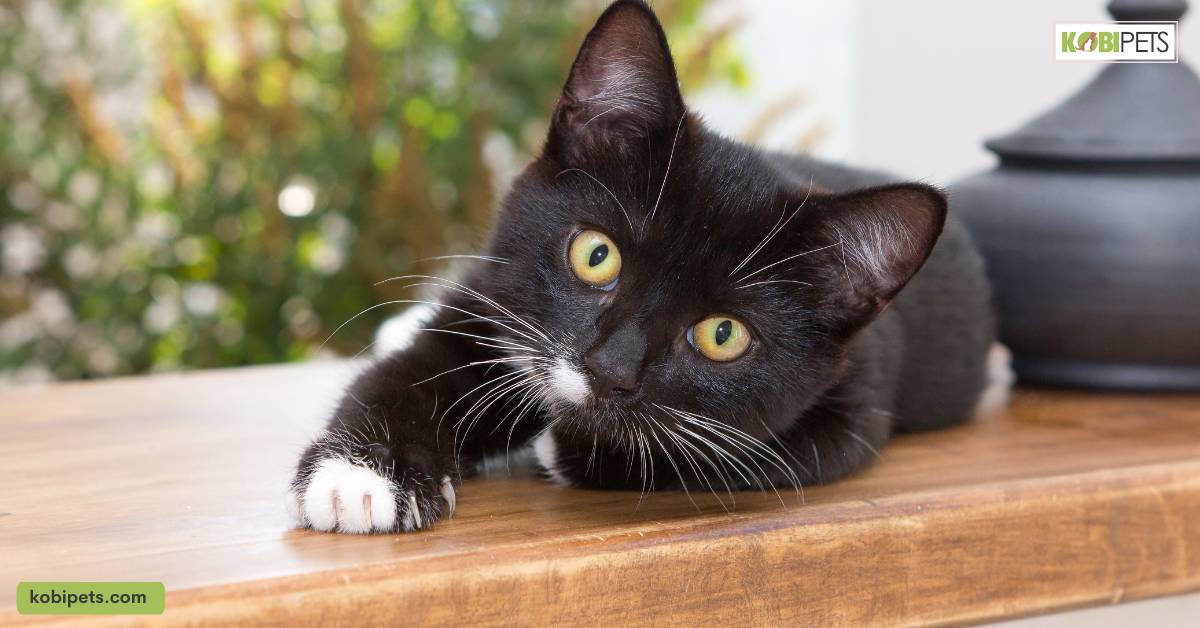
How Do Hypoallergenic Cats Work?
Hypoallergenic cats work by producing fewer allergens or shedding less than other cat breeds. Most cat allergens are produced in a cat’s saliva and spread throughout their coat when they groom themselves.
These allergens can also be present in a cat’s urine and dander (dead skin flakes).
Cat breeds that are considered hypoallergenic produce lower levels of the protein Fel d 1, which is the main allergen associated with cat allergies.
These breeds may have a genetic mutation that reduces the production of this protein, or they may produce a modified version of the protein that is less likely to trigger an allergic reaction.
Additionally, hypoallergenic cats may have different types of coats that shed less than other breeds, which can help reduce the number of allergens in the environment.
For example, breeds such as the Sphynx, which are hairless, produce less dander than breeds with long, fluffy coats.
It’s important to note that not all people with cat allergies will react the same way to hypoallergenic cats, and some individuals may still experience allergy symptoms even with a hypoallergenic breed.
It’s always a good idea to spend time with a cat before bringing them into your home to see how your body reacts to them.
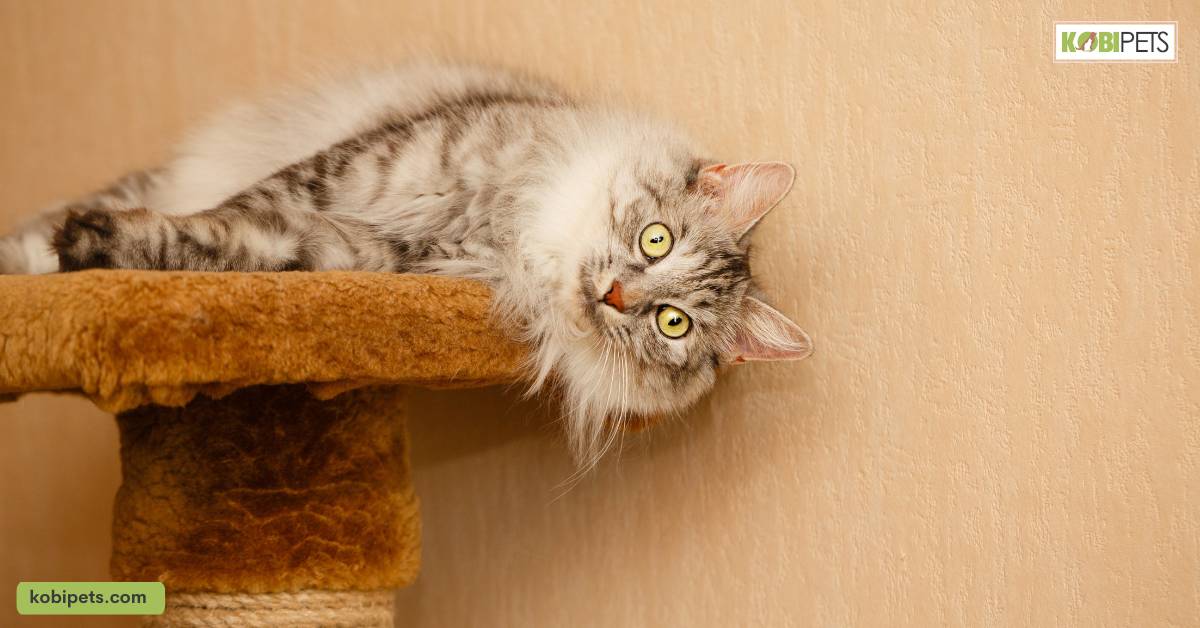
13 Best Hypoallergenic Cat Breeds
Hypoallergenic cats produce fewer allergens, which makes them ideal for those with sensitive skin or respiratory conditions. Depending on your lifestyle and preferences, there are numerous breeds to choose from! Here’s a rundown of the 13 best hypoallergenic cat breeds to give you some ideas.
1. Siberian Cats
These fluffy felines are known for their hypoallergenic qualities, making them a great option for allergy sufferers.
Despite their long and thick coat, Siberian cats produce less of the Fel d 1 protein that triggers allergies in humans. This means that they shed less and are less likely to cause an allergic reaction.
But Siberian cats aren’t just great for people with allergies – they also make wonderful pets. They are known for their friendly and affectionate personalities, as well as their intelligence and playfulness.
They are also adaptable to different living situations, making them a good fit for both apartments and larger homes.
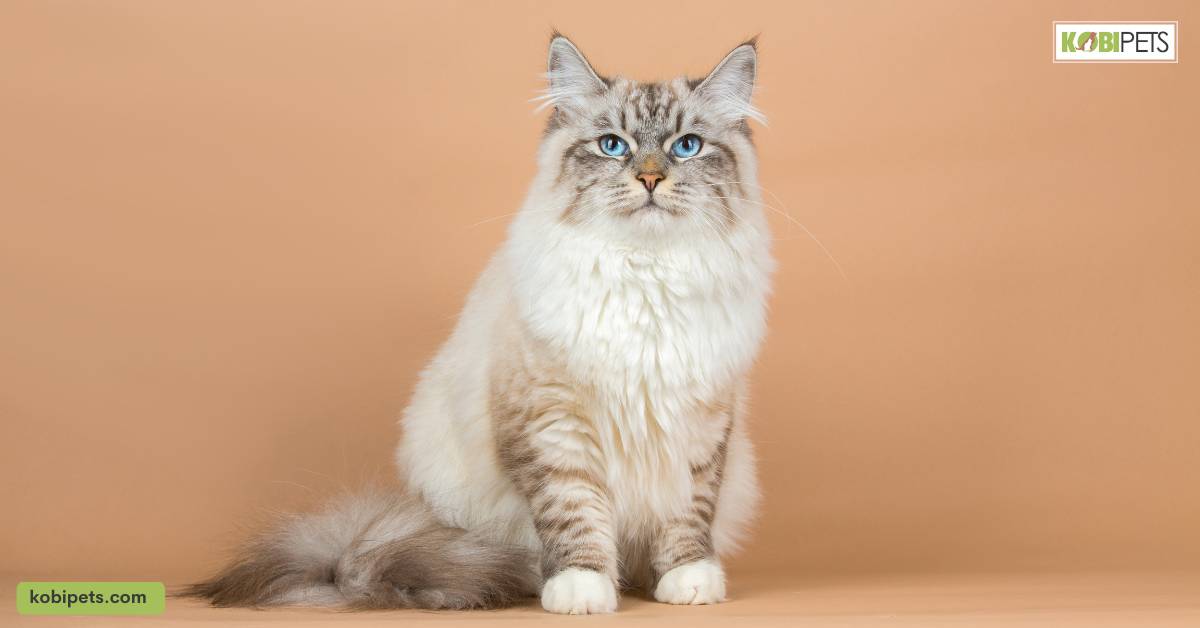
2. Russian Blue Cats
Like Siberian cats, Russian Blues produce less of the Fel d 1 protein that triggers allergies in humans. This makes them a great choice for people who want to enjoy the company of a cat without suffering from itchy eyes and sneezing fits.
But Russian Blues aren’t just easy on allergy sufferers – they are also known for their affectionate personalities and intelligence.
They are often described as being reserved with strangers but loving and loyal to their owners.
Russian Blues also have a playful side, making them great companions for those who enjoy interactive playtime with their pets.
They are adaptable to different living situations, although they do require regular exercise to keep them healthy and happy.
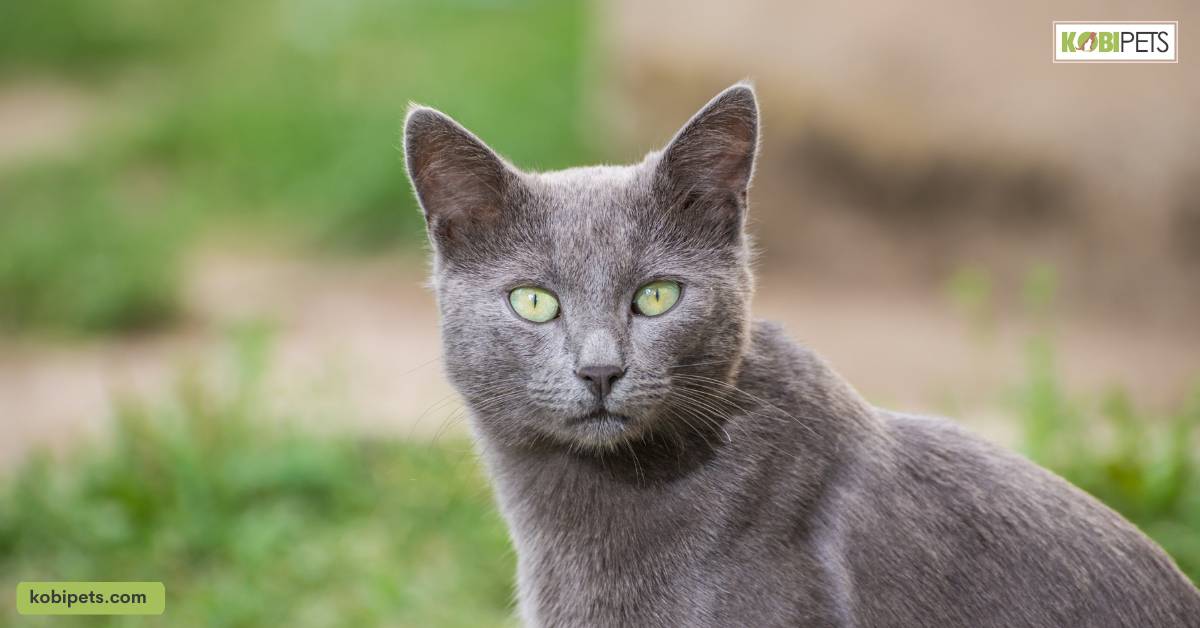
3. Devon Rex Cats
This unique breed emerged in England during the late 1950s and is known for its slender body, wavy coat, and large, low-set ears.
Despite their unique appearance, Devon Rex cats are also known for being hypoallergenic.
This means that they produce fewer allergens than other cat breeds, making them a great choice for those with allergies.
Devon Rex cats are also highly intelligent and outgoing, earning them the nickname “poodle cats.” They love to play and interact with their owners, making them a great choice for families with children or other pets.
If you’re considering adding a Devon Rex cat to your family, be prepared to provide plenty of attention and playtime.
These social felines thrive on human interaction and can become bored or anxious if left alone for long periods of time.
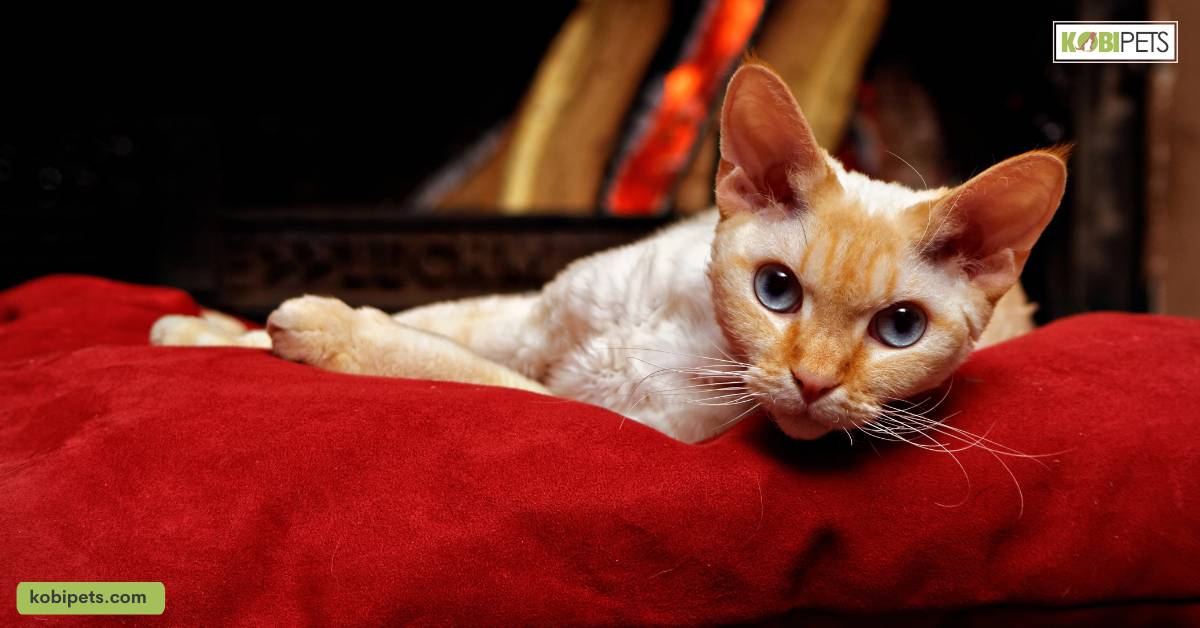
4. Cornish Rex Cats
The Cornish Rex is a small to medium-sized breed that originated in Cornwall, England in the 1950s. What sets this breed apart from others is its unique curly coat, which is surprisingly soft and warm to the touch.
This breed sheds very little and produces less dander than other cats, making it an excellent choice for allergy sufferers.
Aside from their hypoallergenic qualities, Cornish Rex cats are known for their playful and affectionate personalities. They love attention and are often described as “dog-like” in their behavior.
They also have high energy levels and enjoy interactive playtime with their owners.
If you’re considering adding a Cornish Rex to your family, keep in mind that they do require regular grooming to maintain their curly coats.
Brushing them once or twice a week should suffice, but be sure to check their ears regularly for wax buildup.
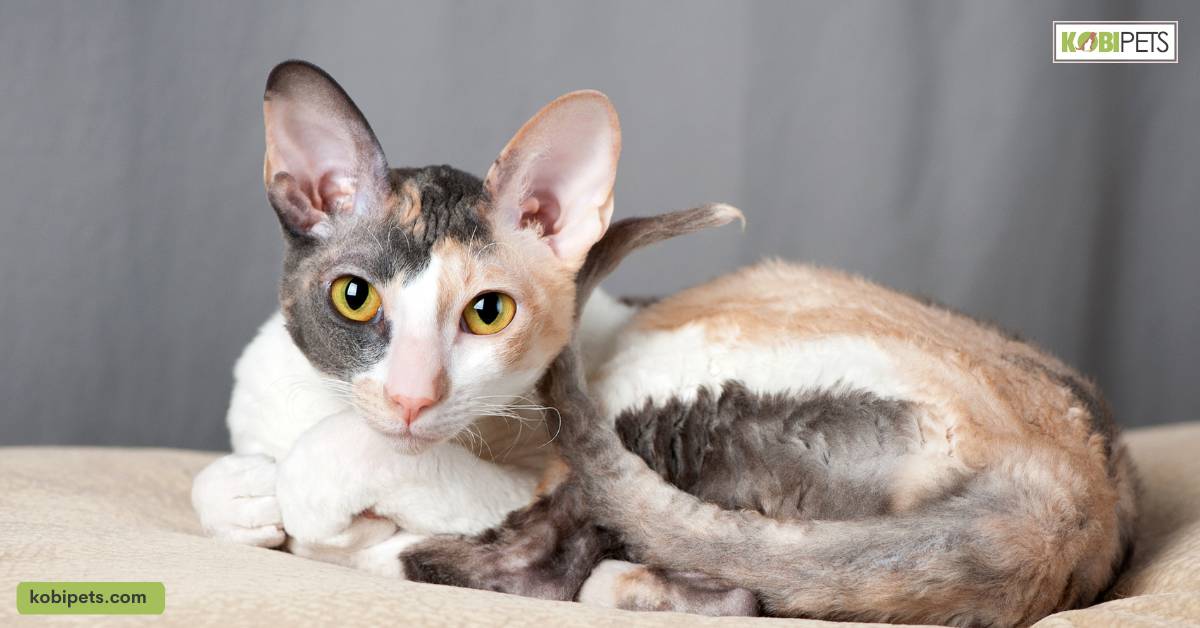
5. Sphynx Cats
Sphynx cats are a unique and distinctive breed known for their hairless appearance. They are considered a hypoallergenic cat breed because they produce less dander than other cat breeds, which is a common allergen for many people.
They have a very fine layer of downy fur that is almost invisible to the eye, but they are essentially hairless. This lack of fur means that they don’t shed much, which can help reduce the number of allergens in the environment.
However, they do still produce some amount of allergens in their saliva and skin, so it’s still possible for people with severe cat allergies to experience symptoms around a Sphynx cat.
Sphynx cats are known for their playful, affectionate, and energetic personalities. They are social creatures that enjoy interacting with people and other pets, and they have a curious and intelligent nature.
They also have a high metabolism and require regular feeding to maintain their body temperature.
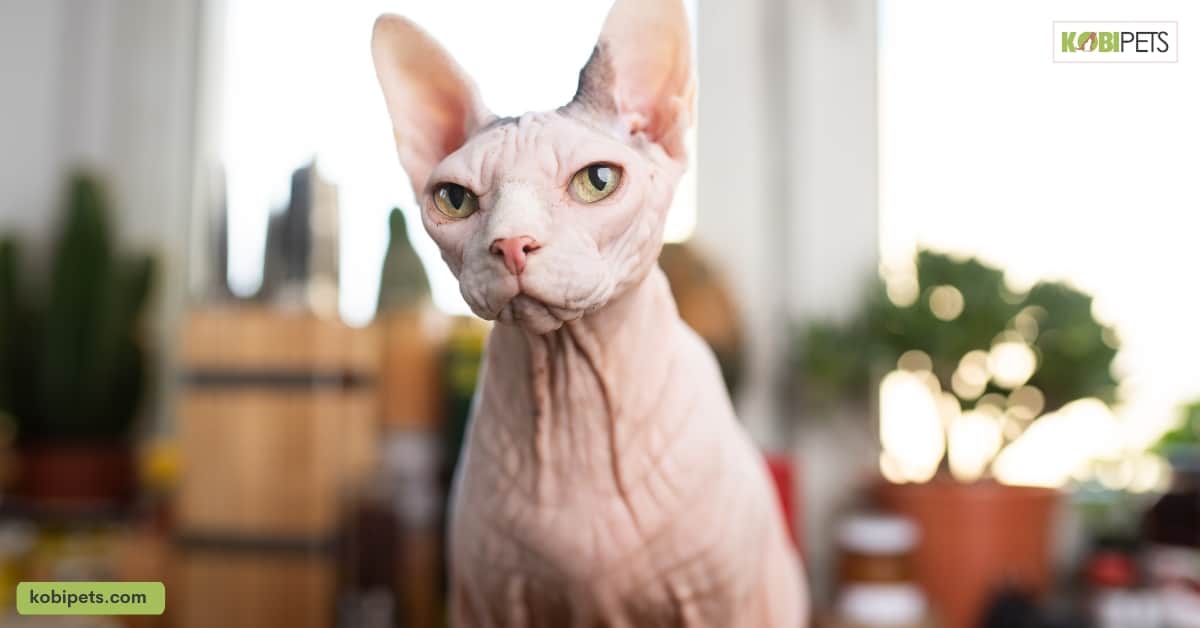
6. Oriental Shorthair Cats
These sleek and playful felines are closely related to Siamese cats, with elegant features and a rainbow of coat colors.
Oriental Shorthairs are not only hypoallergenic but also friendly, intelligent, and inquisitive.
They love being around people and other furry friends, making them an excellent choice for families with children or other pets.
Despite their lean appearance, these cats have muscular athletic bodies that make them skilled jumpers. They are agile and playful, always ready for a game of fetch or chase. Their short, glossy coats lie close to the body, making grooming a breeze.
If you’re considering adding an Oriental Shorthair to your family, be prepared for their high energy levels and need for attention.
They thrive on interaction with their humans and can become bored if left alone for too long.
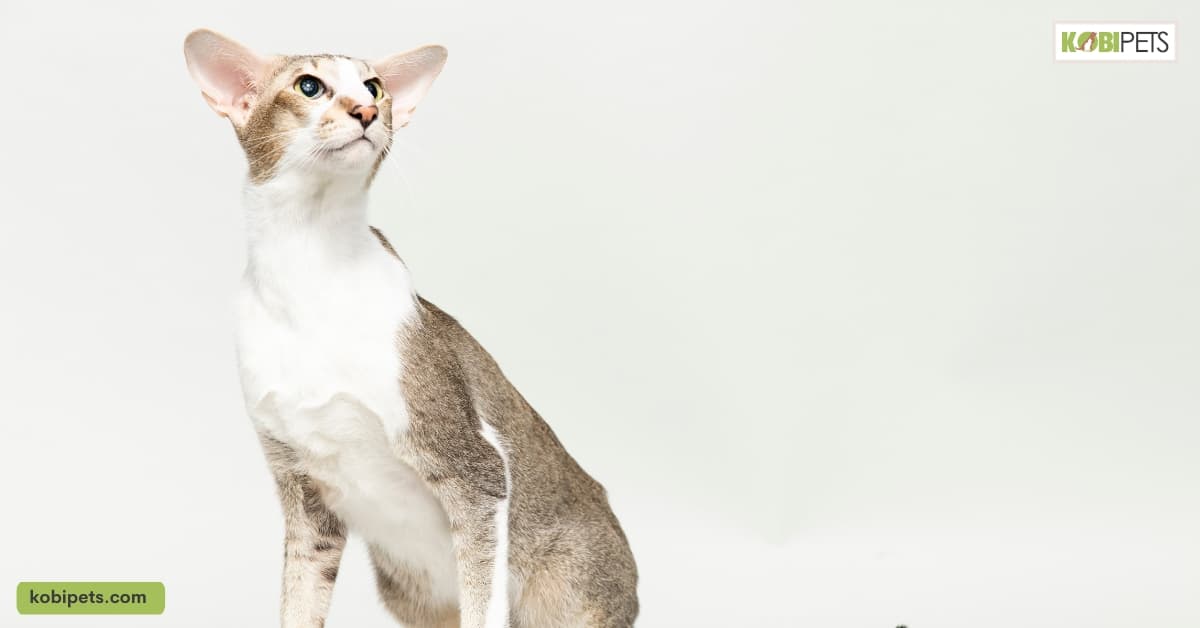
7. Javanese Cats
Javanese cats are considered hypoallergenic because they produce lower levels of Fel d 1, the main allergen associated with cat allergies, compared to other cat breeds.
They are also known for their affectionate and playful personalities, making them great companions for families with children or other pets.
Like other long-haired breeds, Javanese cats require regular grooming to prevent matting and keep their coats healthy and shiny.
They are generally easy to care for and are relatively low-maintenance, but they do require regular attention to their dental health and may be prone to dental issues if their teeth are not cared for properly.
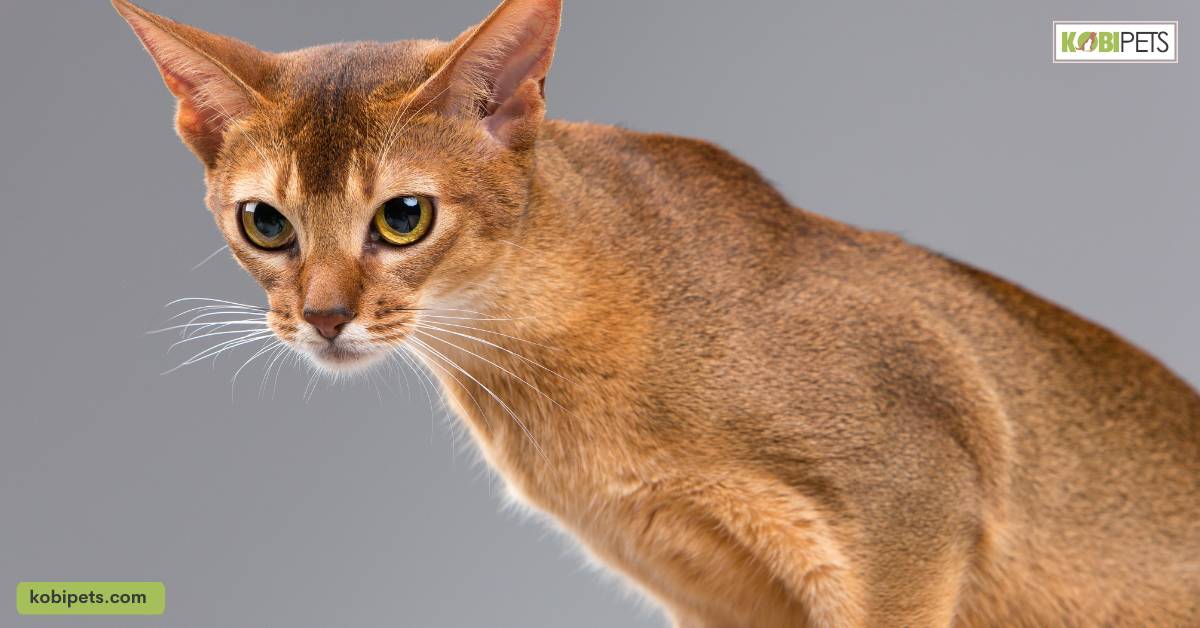
8. Bengal Cats
When it comes to hypoallergenic cat breeds, Bengal cats are a popular choice for those who suffer from allergies but still want to enjoy the company of a feline friend.
These beautiful cats have a unique appearance, with their distinctive spotted or marbled coat that resembles that of their wild ancestors.
But what makes Bengal cats hypoallergenic? Unlike other cat breeds, they produce less of the Fel d 1 protein, which is the main allergen that causes reactions in humans.
This means that people with allergies may be able to tolerate being around Bengal cats more than other breeds.
Aside from their hypoallergenic qualities, Bengal cats are also known for their intelligence and playful personalities. They love to play and explore, making them great companions for families with children or other pets.
However, they do require plenty of attention and exercise to keep them happy and healthy.
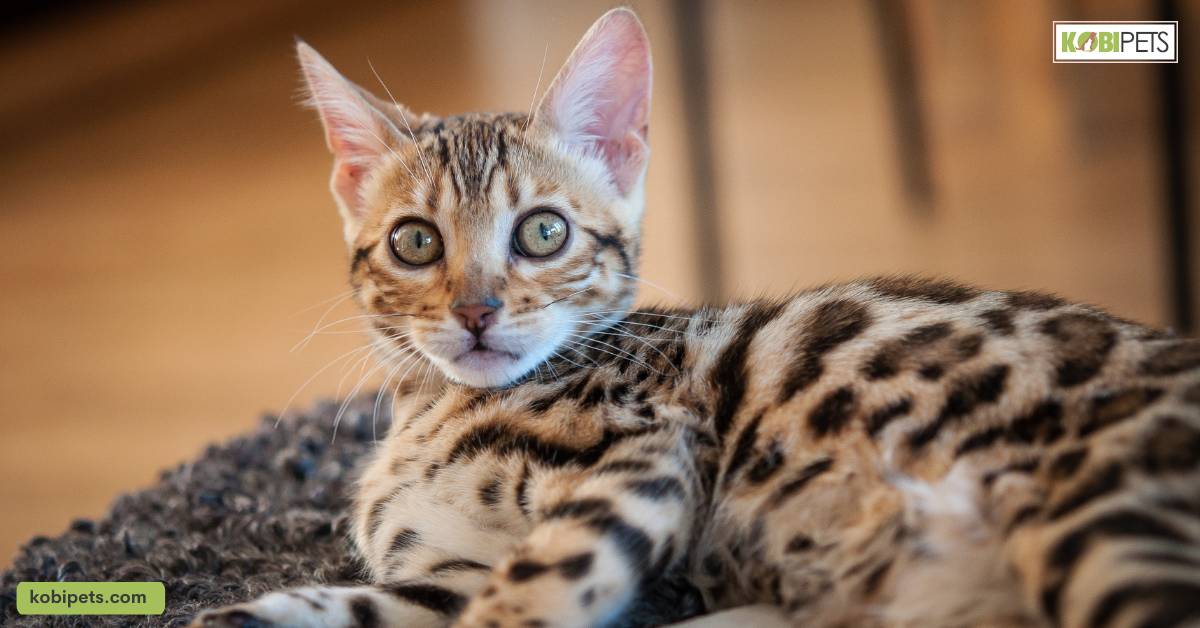
9. Siamese Cats
Siamese cats are a classic breed known for their striking blue eyes, color-pointed coats, and affectionate personalities. But did you know that they are also hypoallergenic?
Like the Bengal cat, Siamese cats produce less of the Fel d 1 protein that causes allergies in humans.
This makes them a great choice for people who suffer from allergies but still want to have a feline companion.
In addition to their hypoallergenic qualities, Siamese cats are also known for their intelligence and loyalty. They love to be around their humans and will often follow them around like a loyal companion.
Their vocal nature is another characteristic that sets them apart from other breeds – they are not shy about expressing their opinions!
However, it’s important to note that Siamese cats do require plenty of attention and exercise to keep them happy and healthy. They can become bored or destructive if left alone for too long.
With proper care and attention, though, these beautiful and hypoallergenic cats can make wonderful pets for anyone looking for a loyal and affectionate companion.
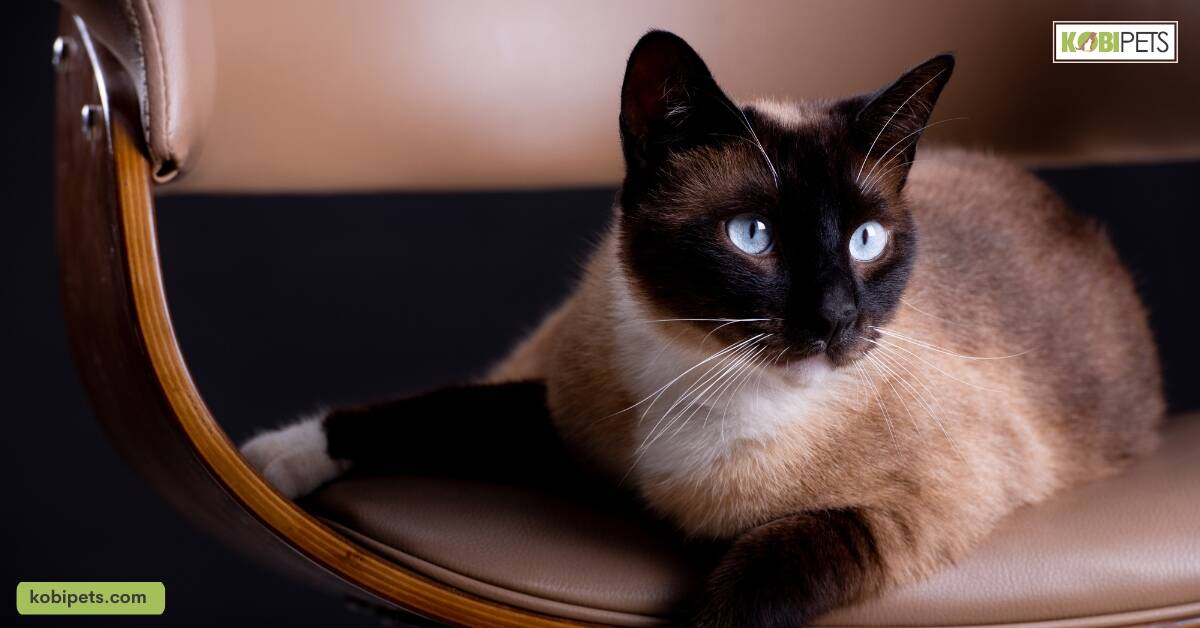
10. Burmese Cats
These beautiful cats are known for their hypoallergenic qualities, making them a great choice for those with allergies.
Burmese cats have short, sleek coats that produce less dander than other breeds. They also have a unique round shape to their body, with round ears and eyes, giving them an adorable and distinctive appearance.
But it’s not just their looks that make them great pets. Burmese cats are highly social and affectionate, often described as “dog-like” in their behavior. They love to play and interact with their owners, making them great companions for families or individuals.
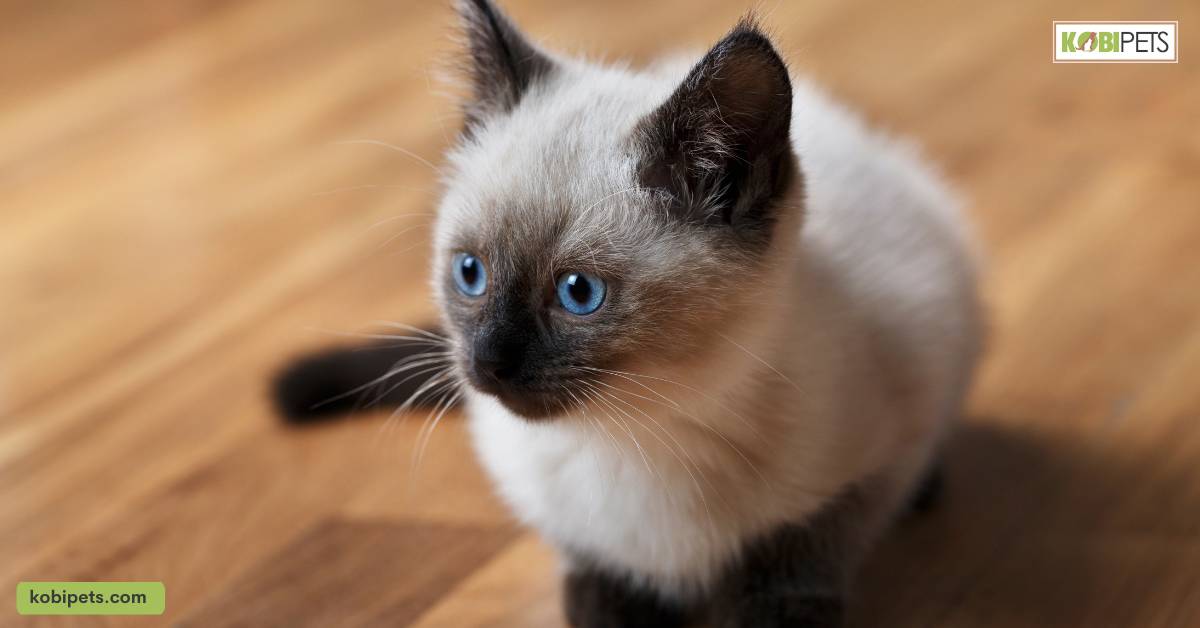
11. Balinese Cats
Despite their long and silky fur, Balinese cats produce less of the Fel d 1 protein that triggers allergic reactions in humans. This means that they shed less and are less likely to cause allergies.
Balinese cats are also known for their affectionate and playful personalities, making them a great addition to any family. They love attention and will often follow their owners around the house, seeking affection.
If you’re looking for a low-maintenance pet, the Balinese cat may not be the best choice as they require regular grooming to maintain their beautiful coat.
However, their loving nature and hypoallergenic qualities make them a great option for those with allergies who want a feline companion.
12. LaPerm Cats
LaPerm cats are a unique and distinctive breed known for their curly and wavy coats. They are considered a hypoallergenic cat breed because their coats shed very little and produce low levels of dander, which is a common allergen for many people.
These cats have friendly, affectionate, and playful personalities. They enjoy interacting with their owners and are known for their loyal and devoted nature.
This breed is also highly adaptable and can adjust well to different environments and living situations.
LaPerm cats come in a variety of colors and patterns, and their coats can be either long or short. They require regular grooming to keep their coats healthy and free of tangles and mats.
However, their coats are also relatively low-maintenance and require less brushing and grooming than other long-haired cat breeds.
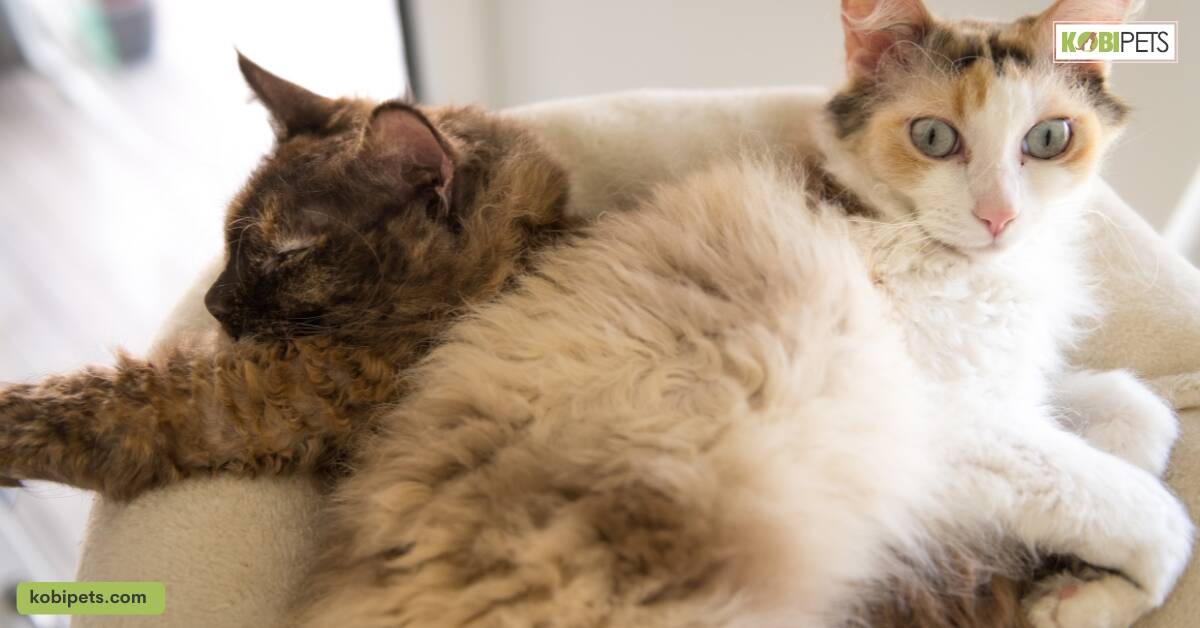
13. Colorpoint Shorthair
Colorpoint Shorthair cats are a breed of cat that is closely related to the Siamese breed, with similar physical characteristics such as their pointed ears, almond-shaped eyes, and sleek, muscular bodies.
However, they are distinguished from Siamese cats by their coloration, which is characterized by darker points on their face, ears, paws, and tail, with a lighter color on the rest of their body.
These cats are considered hypoallergenic because they produce lower levels of Fel d 1, the main allergen associated with cat allergies, compared to other cat breeds.
They are also known for their affectionate and outgoing personalities, making them great companions for families or individuals who enjoy the company of cats.
Colorpoint Shorthair cats are highly intelligent and require regular stimulation and interaction to keep them happy and healthy. They are also highly vocal and love to communicate with their owners through a range of meows, chirps, and purrs.
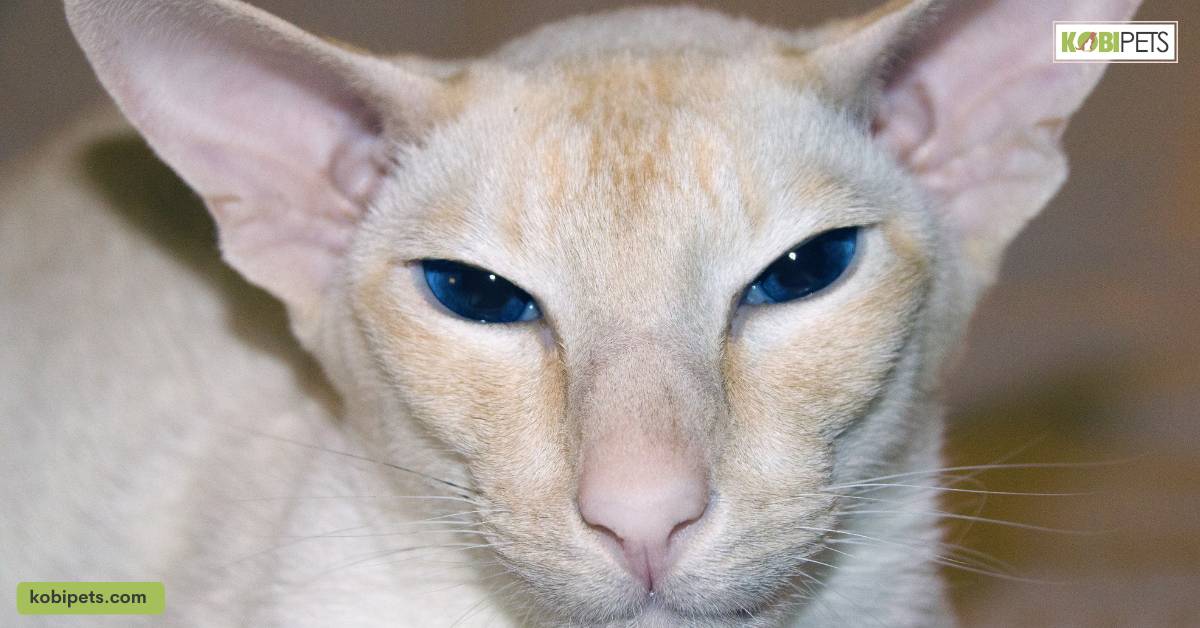
In conclusion
In conclusion, if you have a family member with cat allergies, finding the right hypoallergenic cat breed is important.
By now you should be well-equipped to make an informed decision when selecting a low-allergen companion from the 13 best hypoallergenic cat breeds listed above.
Whether it’s The Devon Rex, Cornish Rex, or Sphynx that catches your eye, these cats are sure to offer many years of love and affection.






